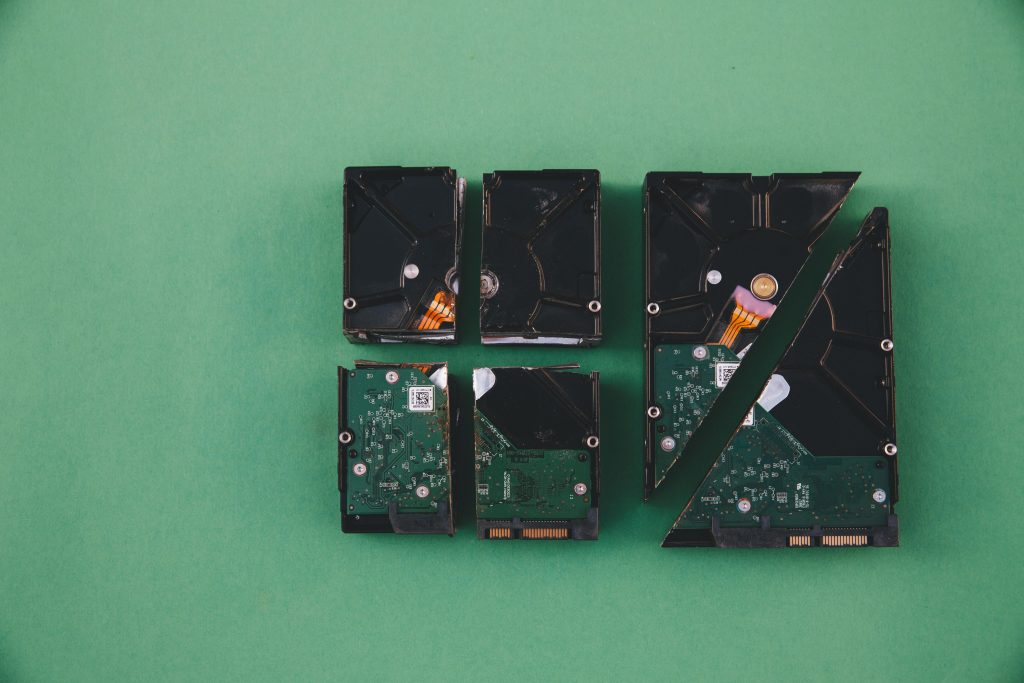The Critical Importance of Regular Server Maintenance and Upgrades
Today, I encountered a challenging situation that serves as a stark reminder of the necessity of regular server maintenance and timely upgrades. A client’s server experienced a catastrophic failure, leading to the loss of crucial data that we had been cautioning them about for the past three years.
The failure was a result of both hard disk drives succumbing to age, after enduring several years of heavy utilization. When I inspected the server, the indicator LEDs were so faint that I initially thought they were non-functional. Unfortunately, the signal from the HDD error LED was equally dim, further indicating underlying issues.
In an attempt to salvage the RAID 10 configuration, I discovered that the remaining drive contained too much corruption for successful reconstruction. This unfortunate incident occurred just two days after the last backup—a backup we feared may also be compromised.
The server was running on Windows Server 2008, and now we face the daunting task of setting up a new Active Directory and reconfiguring all computers to connect to this fresh installation. This transition is not just time-consuming; it also represents a significant expense for the client.
Looking back on this experience, one must wonder: Was it truly worth it for the client to operate a server that far exceeded its average lifespan? Now, they face the prospect of lost productivity as the new server has to be prepared at our facility before installation on-site can occur.
The key takeaway here is clear: skimping on your company’s main server can lead to severe setbacks. It’s essential to prioritize regular maintenance and plan for timely upgrades to avoid losing critical data and incurring additional costs down the line.
On a lighter note, the condition of the server was shocking—it was by far the dirtiest I’ve ever encountered. One has to wonder if smoking in the server room contributed to its grimy state!
In conclusion, don’t let your organization’s infrastructure fall victim to neglect. Invest in proper upkeep and proactive replacements to safeguard against potential disasters.
Share this content:



